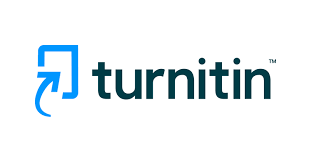Contributions of the use of digital tools in the monitoring of Regional Plans to Combat CNCDs in the DF: experience report
DOI:
https://doi.org/10.51723/hrj.v6i29.622Keywords:
Dissemination of Information, ; Monitoring, Public policy, Chronic diseaseAbstract
Introduction: Monitoring in health is a fundamental step in management that enables the monitoring of planned actions and the critical analysis of information generated concomitantly with their execution. Helps to adapt policies to their primary purpose. Within the Federal District, the District Plan to Combat NCDs 2017-2022 is characterized as a policy that aims to delay the evolution of this group of diseases that represents more than 50% of the causes of death. The plan guided the elaboration of regional plans customized to the reality of each of the 7 health regions of the DF, with actions to promote the population's health, offer comprehensive actions and improve the NCD surveillance processes. Objective: To share the contributions of the elaboration of a technological instrument for monitoring the regional plans to combat CNCDs in the DF. Method: Two instruments were developed: (1) an online action sheet and; (2) monitoring dashboard. The worksheet contains information on the agreed actions and aims to collect data for monitoring the plan's actions in the health regions, the difficulties and barriers to its implementation and the successful experiences. The panel, in turn, uses this database to automatically and visually retrieve, in the form of a panel with graphic elements, the monitoring information provided. Results: Automation in health data analysis enables better information management and agility in data sharing, making the process more dynamic (CNS, 2021). Currently, there are low or no-cost and easy-to-handle technological tools that make it possible to optimize working time, adding practicality in sharing information for the multiple actors involved that help in decision making. The use of the tool was well received by those involved in management, increasing the understanding of the benefits of using technology in the analysis of results and in the integration of different sectors, as suggested by Moraes (2001). Conclusion: The qualification of health information management is fundamental for the evolution of the system and services, since it guides decision-making (MAI, 2017). As an intersectoral monitoring strategy, the use of technologies for data analysis contributes to the challenges of public management.
Additional Files
Published
How to Cite
Issue
Section
License
Copyright (c) 2025 Larissa Otaviano Mesquita

This work is licensed under a Creative Commons Attribution 4.0 International License.
Esta licença permite que outros distribuam, remixem, adaptem e desenvolvam seu trabalho, mesmo comercialmente, desde que atribuam crédito à revista pela criação original.












